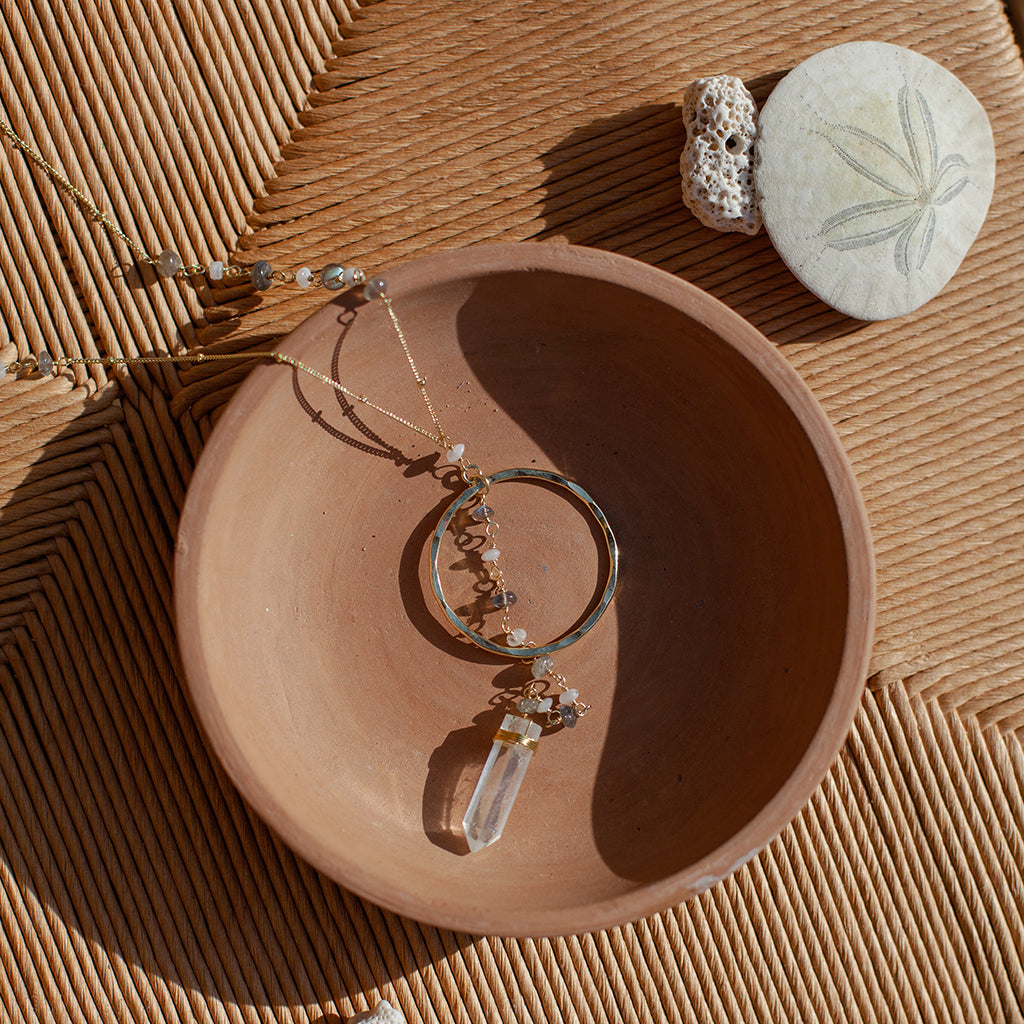
Living an eco-friendly lifestyle isn’t always easy for parents.
How can you do your part when you’re overworked and overtired? The words “eco-friendly” and “sustainable” lose all meaning.
It might feel impossible to give a rats heiny about the planet!
We at Simple Switch want you to know: parenting and environmentalism don’t have to be enemies.
Check out these simple tips to create a greener home for you and your kids.
Eco-parenting for the win!
1: Out with the Disposable, In with the Reusable

Diapers:
As of 2016, an estimated 20 billion disposable diapers are added to landfills throughout the US each year- which becomes about 3.5 million tonnes of waste.That’s why reusable cloth diapers are #1 on our list.
It’s been proven by parents on the internet that you’ll save major bucks by making the switch, as newborn babies go through about 10-12 in a day.
You can find cloth diapers in great condition on Craigslist, or brand new ones on sites like Best Bottom, BumGenius, and Bummis. Make sure you purchase some liners to make cleanup 100x easier! Be sure to purchase a wet bag, as well!

Bathroom Supplies:
- Wet-wipes: Try making your own wet-wipes (it’s surprisingly simple!) Check out Fit as a Mama Bear for a great recipe.
- Toilet paper and Paper Towels: Try using scraps from old shirts or towels for cleanup. Also, take a peek at these awesome eco-friendly bamboo toilet paper and paper towels.


School Lunch Products:
Products like juice boxes, plastic wrap, and sandwich bags seriously add up as your children progress into school.Do your part to reduce landfill waste by using reusable sandwich bags and beeswax wraps, as well as reusable bottles like the Powch (a collapsable, easy-to-clean pouch for food and drink that’s perfect for any age). Powch is one of our favorite Simple Switch products that will conveniently reduce your need for single-use plastics!
2: Too Many Toys, Not Enough Time

In 2017, more than 35 million tons of plastics were generated in the US, with only 8.4% being recycled. Many of these were cheap children’s toys.
Research suggests that the average child of 10 has over $5000 worth of toys (over 200 individually).
While that may be the new norm, it’s been proven that having fewer toys encourages deeper, more focused, imaginative and creative play. Plus, it encourages gratitude and helps kids become conscious consumers. 
When you do buy them toys, go for second hand, or opt for Fair Trade or environmentally-conscious brands that are recyclable, use natural dyes, and are harmful-chemical free (try Begin Again or Eco-Kids).
Simple Switch also has tons of eco-friendly and socially impactful pacifiers, rattles, and teethers! 

You can even DIY with old socks or gloves and a sewing kit, or make your own playdough.
When the time does come for a new toy, consider donating some of their older toys as a swap-out.
3: Growing, Growing, Gone!

Image courtesy of peyri
Every parent knows that kids go through clothing fast. Baby clothes, toddler clothes, kids clothes; it never ends!
But where do all the outgrown clothes go?

Image courtesy of BCSWRC
The average American throws away about 80 pounds of clothing per year- all textiles that could be recycled or reused. (In another article, we discuss the cycle of fast fashion and how detrimental it is to our planet. Check it out for more info!)
One of the best things you can do to curb this waste is to shop at secondhand and thrift stores. They’ve got tons of new and gently-used kids clothing in great condition; all it needs is a good wash and it’s ready to go!

When buying new, try to only shop with ethical brands that use recycled materials and have a low carbon-footprint.
The Takeaway:


If you’re a parent who’s considering going green and creating a sustainable living environment for your family, you’re on the right path.
There are tons of eco-friendly products out there.
Start your journey as an eco-parent today!





MfnZizaNCqY
BNvutQnHCLjASy